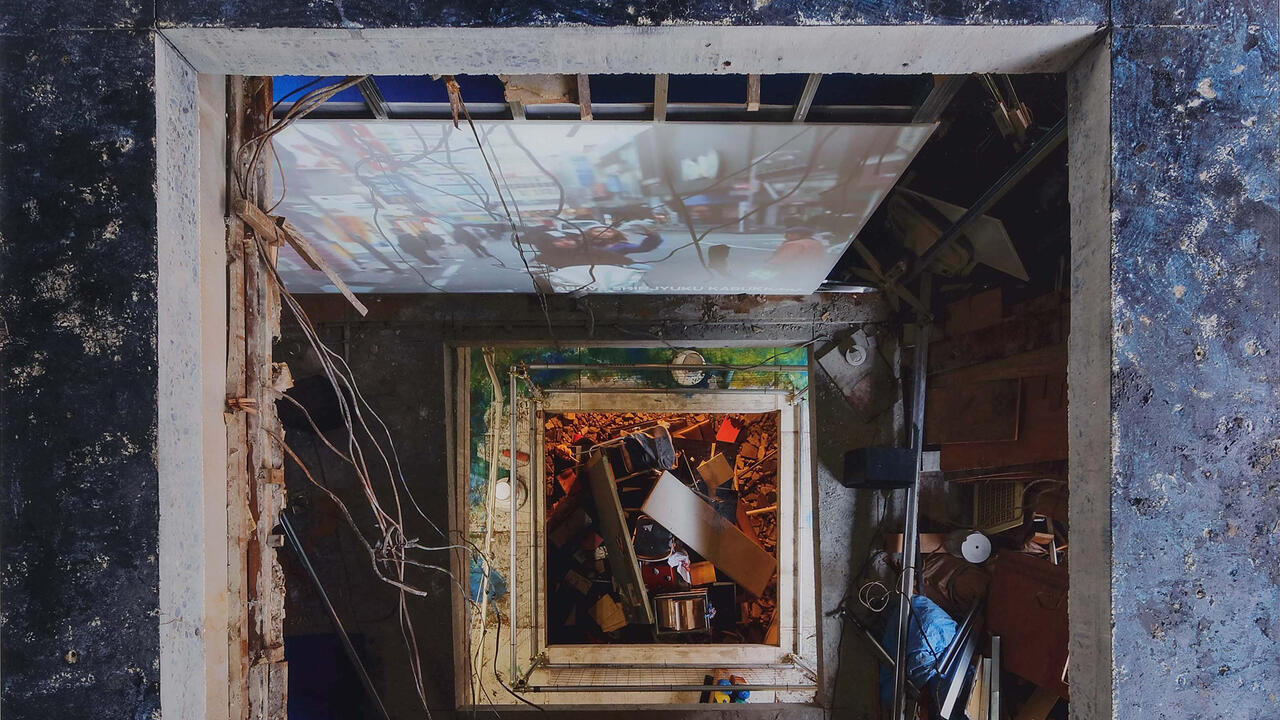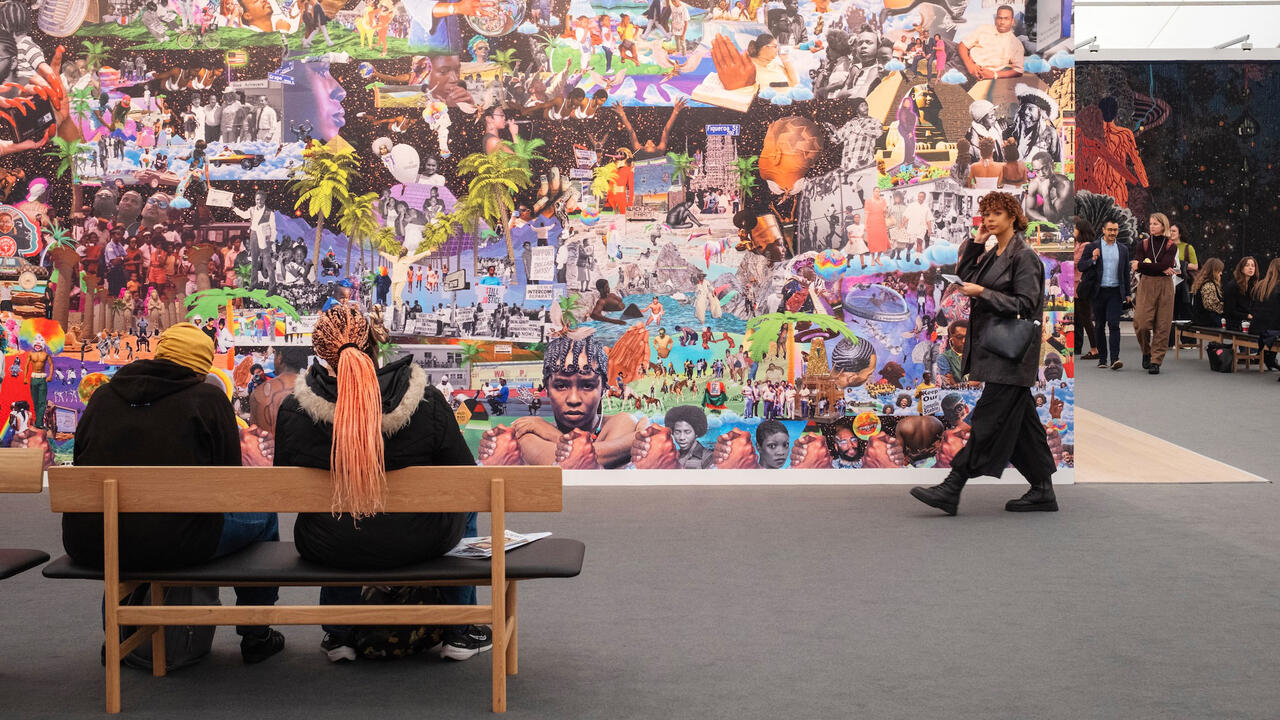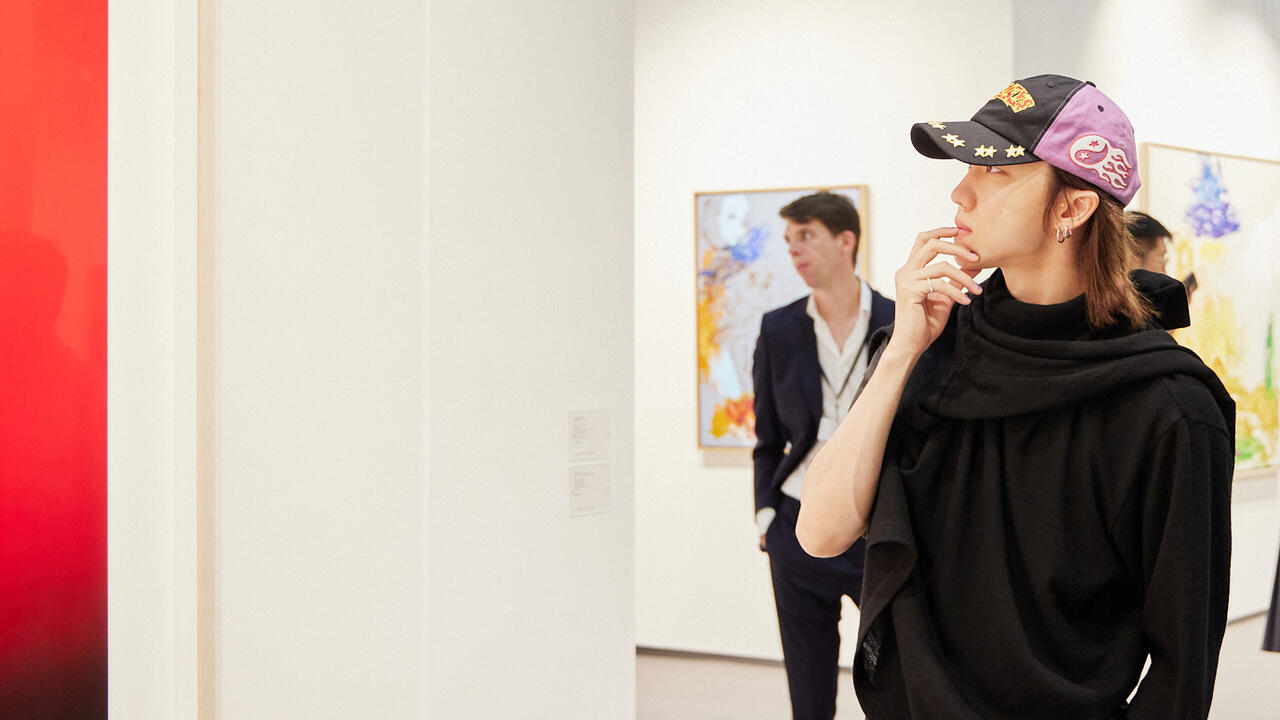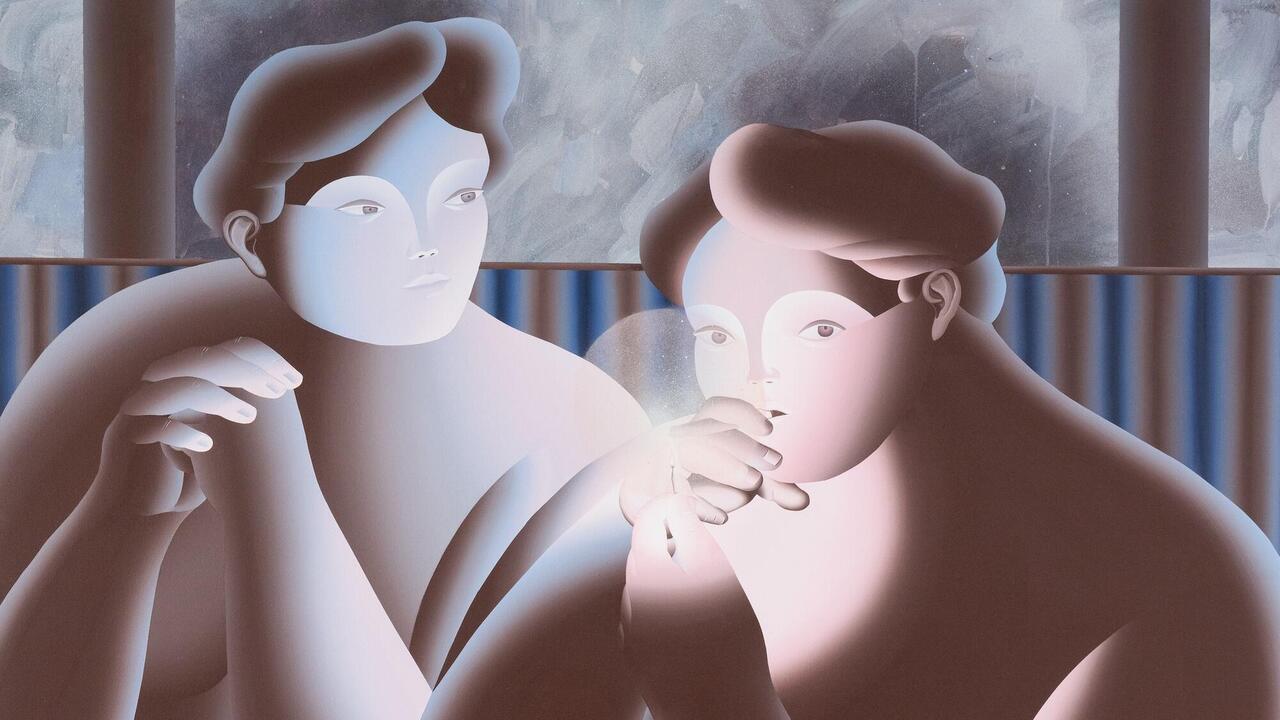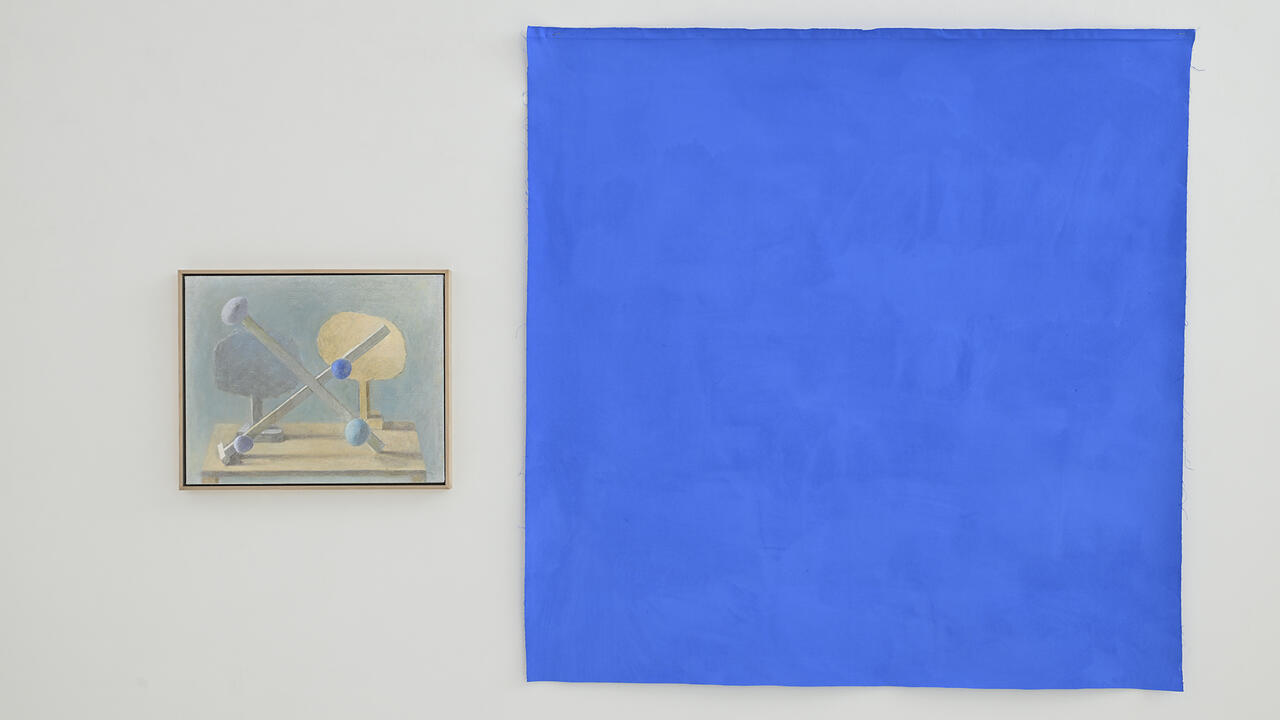Graciela Iturbide
Taka Ishii Gallery Photography / Film, Tokyo, Japan
Taka Ishii Gallery Photography / Film, Tokyo, Japan

Graciela Iturbide’s first solo show with Taka Ishii Gallery provides quiet reprieve from the surrounding chaos of Tokyo’s Roppongi district. Vintage black and white silver gelatin prints, mainly taken in Mexico between 1969 and 1990, many of Iturbide’s images focus on tiny moments easily missed – for instance, shirts and dresses on a washing line, puffed up in the wind as though occupied by ghosts, in Mexico City (1973). Others feature subjects whose poses seem to brim with symbolism: in Tehuantepec, Juchitan, Oaxaca (1984), for instance, a boy wears the jaws of a large animal around his head while standing in front of a painting of a stalk and mountains, while in Market, Juchitan (1984), a woman’s foot steps away from a pile of dead reptiles. Though these images give us some insight into the objects that are valorized by certain cultures, their significance often remains obscure and ominous.

Iturbide has spent many decades travelling to various rural communities to capture the lives of indigenous Mexican people; her best-known series, ‘Juchitán de Las Mujeres’ (Juchitán, A Town of Women, 1979–86) – of which six works are included here – focuses on the lives of Zapotec Indian women, whose political, economic and sexual freedom the artist found deeply inspiring. However, while Iturbide’s work most obviously falls within the parameters of documentary photography, it is also heavily influenced by the surreal style of filmmaker Luis Buñuel. This is most notable in Iturbide’s staged portraits – such as Alligator (1986), in which two women hold up a sculpture of an alligator and are framed by the outstretched hands of men – but it is also apparent in her subtle manipulations of reality. In First Communion, Chalma (1984), for instance, low exposure is utilized to obscure the features of a young girl who wears a skull mask for a festival. The result is that only the white of the skull and of the girl’s dress is afforded detail; the girl seems to disappear while her costume appears real. In several images, Iturbide obscures the identity of her subject. In Felt from the Sky, Chamula, Mexico (1980s), a figure hoisting up her white, silk dress runs down a street; her head is cropped out of the image. In Seri Portrait (1979), a woman, whose head is likewise cropped out, holds up a portrait; we wonder what the relationship between these two women is: does the portrait show the face we do not see? Has it aged? Has it changed? By withholding her subject’s identifying features, Iturbide reminds us of the limitations of the medium and of portraiture more generally: the impossibility of fully capturing subjects as they are.

Iturbide’s photographs have deservedly been widely praised for their subject matter. This exhibition, however, allows us to observe the beauty of their smaller details. The clothes and electricity lines in Mexico City create a considered and perfectly balanced division of frame; in Seri Women (1979), soft-focus birds appear almost as imperfections on a film reel; in Alligator, the clothing of the central figures is overlaid with ghostly silhouettes and impressions caused by long exposure – the hint of an ankle or a leg. In many images, the stark contrast between dark and light suggests subjects cut out of settings or shadows left behind where they once might have stood, giving the works the appearance, almost, of collages or pencil drawings. Iturbide’s talent rests in her ability to balance the inquisitive nature of documentary with warmth and mystery.
Lead image: Graciela Iturbide, Alcaravan, Juchitan (detail), 1985, gelatin silver print, 21 x 31 cm. © Graciela Iturbide









